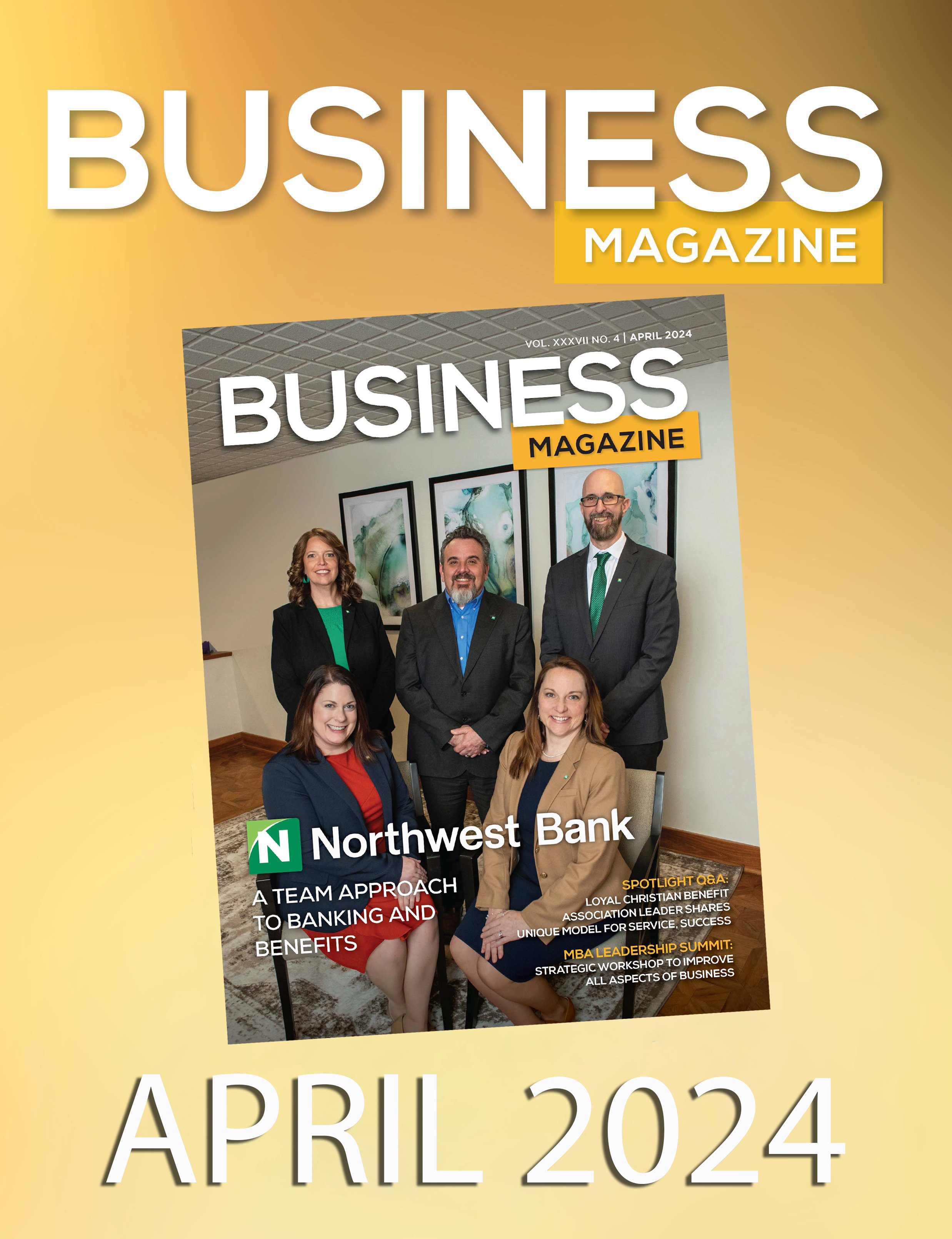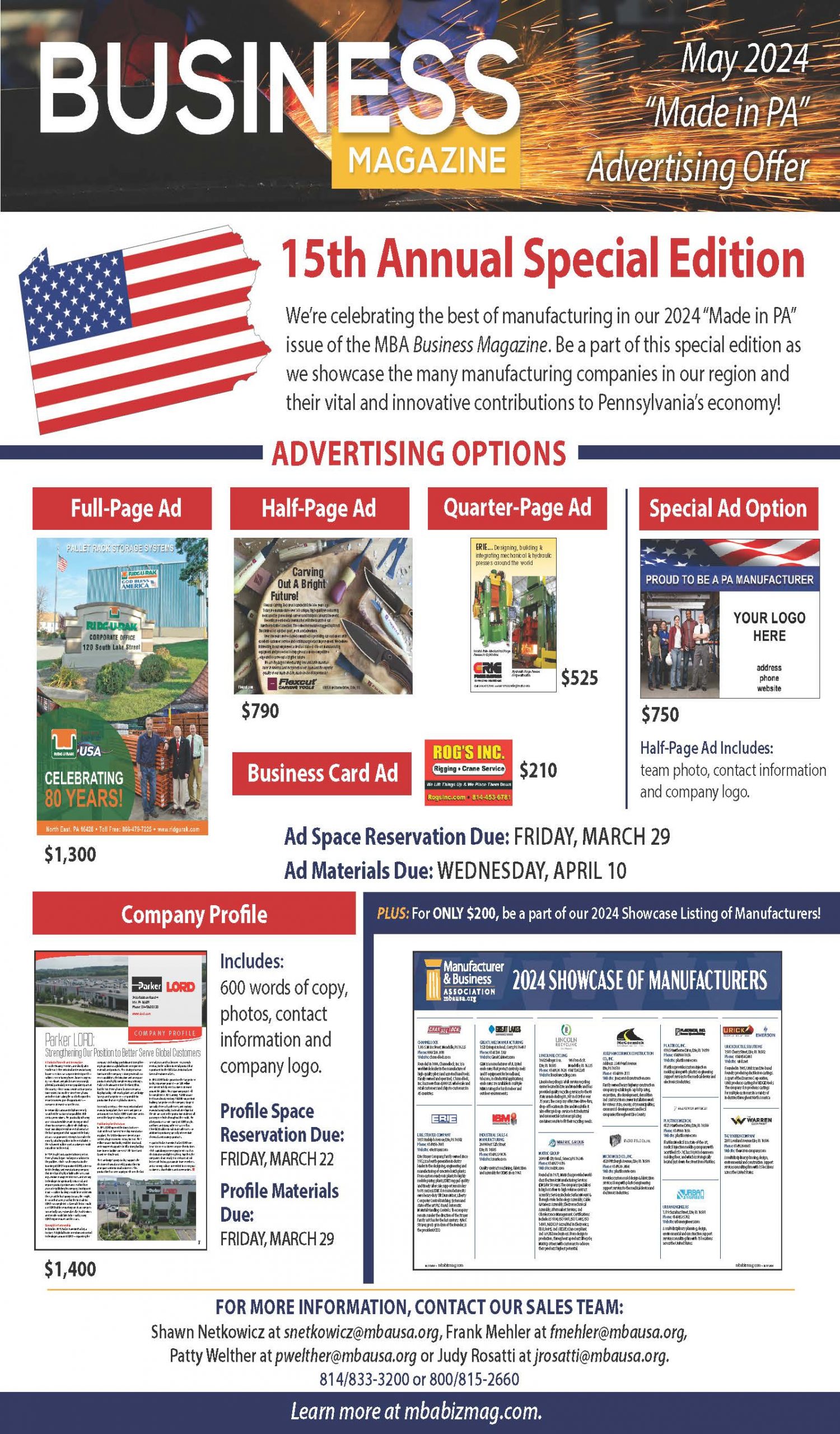Jezree Friend is the Manufacturer & Business Association’s government relations representative and is responsible for developing legislative priorities and strategies; encouraging membership grassroots activities; and lobbying on behalf of a pro-growth, pro-business agenda. Contact him at jfriend@mbausa.org.
Just like a TV game show that is past its prime, the U.S. trade deficit also isn’t very appealing these days. So what’s the deal with trade? A trade deficit isn’t always bad. Initially, a trade deficit is an early indicator of a confident economy. Its citizens benefit from more goods and services, often competitively priced. However, as time passes, without offering competition to fill these good and services, a trade deficit will lead to job outsourcing. The less we buy domestically, the more foreign companies grow, giving them stronger control of their market share. As they expand, they hire more workers to keep up with the demand, often poaching talent from the very countries that import their products.
Trade is good, and even though the United States could make most of what it needs, it makes more sense to pay less for a comparable product. Here is the problem: When do the scales tip to compromise lower cost goods at the risk of forfeiting our economic growth potential?
China is the recipient of more than 65 percent of the U.S. goods trade deficit coming in at $375 billion in 2017. In the list of top imports, manufactured machinery. Interesting to note, many U.S. companies ship much of the raw materials to be assembled in China for a lower cost. This practice results in many outsourced manufacturing jobs. Their ability to successfully do this has kept most of its competitors in the rear view mirror as China rises to the rank of the world’s largest economy. The question that begs answering is: How are Chinese companies able to keep costs so low?
The Answer
China has a considerably lower standard of living. For the world’s largest economy, its absence of workers’ compensation and rights laws allow them to pay such low wages, most industrialized countries cannot compete. The other side of the two-headed monster is its ability to manipulate the exchange rate. China, at will, determines the value if its currency. It can tie its yuan to the U.S. dollar using its modified fixed exchange rate. Every time the dollar loses value, China buys U.S. Treasury notes to prop it up. China’s influence on our currency should be taken seriously.
If U.S. companies want to remain competitive, they must lower their costs or they will go out of business. In an attempt to save their business, many companies have outsourced jobs, only adding to U.S. unemployment. The outsourcing has become a Band-Aid fix causing foreign companies to grow mestically we close up shop. By the numbers, U.S. manufacturing declined 34 percent between 1998 and 2010. As U.S. manufacturing declined, so has our global competitiveness.
Solutions
The international community needs to address Chinese working conditions and promote a higher standard of living for its citizens. This will cause the costs of their products to rise increasing global competition. Too easy, right? This is the easy answer and an unlikely solution.
Another attempt that might sound familiar would be to raise import tariffs to bolster domestic companies’ competitiveness. Once competitive disadvantage is recognized, tariffs should be implemented before the targeted industry falls too far behind to remain competitive. Additionally, U.S. manufacturing must be given every opportunity to grow. As our economy grows, so does our ability to compete globally.
In 2014, with the economy waning, the presidential administration told the American public to accept a mere 2-percent GDP growth, or the “New Normal.” Now, thanks to recent federal legislation reforming our 30-plus year old tax structure, U.S. growth hit 4.2 percent in the second quarter and consumer confidence is at an 18-year high.
Lucky for us, when Americas were asked to accept the “New Normal,” they collectively said, “No Deal.”















